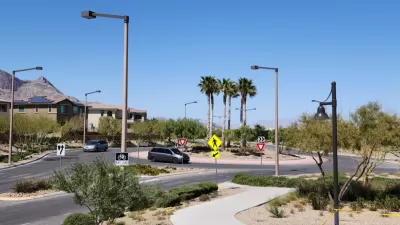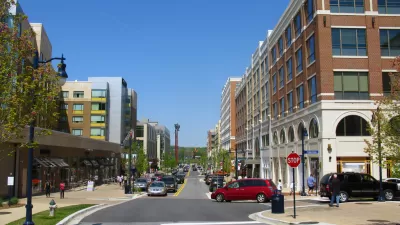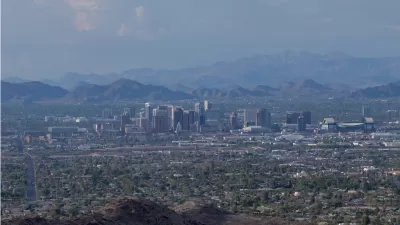If you opened Google to do a search on Wednesday, you'd see an image (the "doodle") of a traffic light and six Model-T era cars spelling out the company's name. It was honoring the 101-year anniversary of the birth of the electric traffic light.
"(T)he inspiration of today’s Doodle (is) the electric traffic signal, which was first installed at the corner of 105th and Euclid in Cleveland, Ohio on August 5th, 1914," according to Google. "Doodler Nate Swinehart hearkens back to an earlier time with shades of black and white, and uses the background colors to make the red and green signals particularly luminous." Note the absence of yellow!

credit: Google Doodle archive. [Click to access video].
"The Doodle [video] shows the jerky and chaotic traffic flow of a century past — a feature intentionally added by illustrator Nate Swinehart, who wanted to outline that the yellow light wasn’t introduced until even later to regulate traffic flow more effectively," writes Joanna Plucinska for Time.
At the time, the electric traffic light was welcomed as it enabled better deployment of the city police, writes the Doodler.
Intersections in major cities were congested, and traffic was directed by police officers who stood in the middle of chaotic highways waving their arms--an unenviable beat, to say the least, especially during a blustery winter in the Midwest.
The Telegraph reminds us that the first actual traffic light was gas-operated, "unveiled in London in the late 19th century, and placed outside the Houses of Parliament," writes James Rothwell. "The project was short-lived after an explosion in 1869 when a leak in gas lines passing under the device exploded, and seriously injured the police officer operating the lights."
As for that yellow phase, it had a predecessor. "In 1920 bells were added to traffic light systems to alert motorists when the lights were about to change - they were later replaced with the amber light now seen on all traffic light systems today," adds Rothwell.
Will Google celebrate the birth of the roundabout next? Wikipedia traces the first roundabout to a 1907 installation in San Jose, Calif., not too far from the company's headquarters in Mountain View.
FULL STORY: Google Doodle Honors The First Ever Electric Traffic Light

Planetizen Federal Action Tracker
A weekly monitor of how Trump’s orders and actions are impacting planners and planning in America.

Congressman Proposes Bill to Rename DC Metro “Trump Train”
The Make Autorail Great Again Act would withhold federal funding to the system until the Washington Metropolitan Area Transit Authority (WMATA), rebrands as the Washington Metropolitan Authority for Greater Access (WMAGA).

The Simple Legislative Tool Transforming Vacant Downtowns
In California, Michigan and Georgia, an easy win is bringing dollars — and delight — back to city centers.

The States Losing Rural Delivery Rooms at an Alarming Pace
In some states, as few as 9% of rural hospitals still deliver babies. As a result, rising pre-term births, no adequate pre-term care and "harrowing" close calls are a growing reality.

The Small South Asian Republic Going all in on EVs
Thanks to one simple policy change less than five years ago, 65% of new cars in this Himalayan country are now electric.

DC Backpedals on Bike Lane Protection, Swaps Barriers for Paint
Citing aesthetic concerns, the city is removing the concrete barriers and flexposts that once separated Arizona Avenue cyclists from motor vehicles.
Urban Design for Planners 1: Software Tools
This six-course series explores essential urban design concepts using open source software and equips planners with the tools they need to participate fully in the urban design process.
Planning for Universal Design
Learn the tools for implementing Universal Design in planning regulations.
Smith Gee Studio
City of Charlotte
City of Camden Redevelopment Agency
City of Astoria
Transportation Research & Education Center (TREC) at Portland State University
US High Speed Rail Association
City of Camden Redevelopment Agency
Municipality of Princeton (NJ)





























